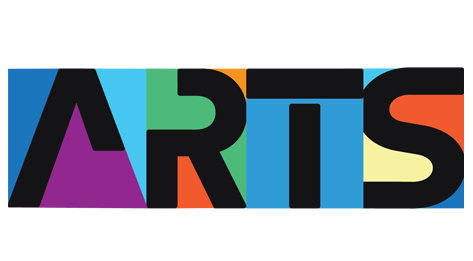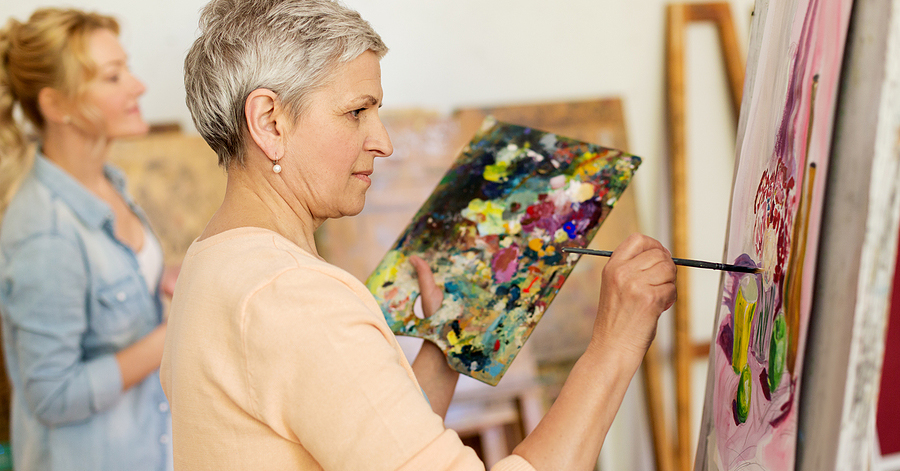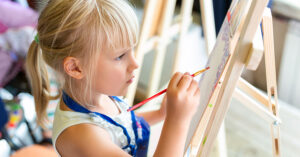Group art classes are more than a way to learn a new technique or dabble in a favorite medium—they’re a powerful way to connect, grow, and create alongside others.
At East End Arts, we’ve seen firsthand how group classes foster creativity, build community, and enrich lives. Whether you’re a seasoned artist or someone just beginning to explore your creative side, the benefits of group art classes extend far beyond the canvas.
What Are Group Art Classes?
Defining the Format
Group art classes typically involve an instructor leading a cohort of students through artistic exercises, demonstrations, and personal projects. These classes bring together individuals with a wide range of skill levels and experiences, united by their interest in the visual arts. Sessions can focus on everything from painting and ceramics to collage and sculpture, often culminating in shared critiques or group exhibitions.
East End Arts Context
At East End Arts, our group art classes cater to youth, teens, and adults in a variety of disciplines. Our instructors are not only educators but working artists, which brings an added layer of professional insight to the classroom. Our studios provide a welcoming, collaborative atmosphere where creativity thrives and friendships flourish.
Boosting Creativity Through Shared Inspiration
Exposure to Diverse Ideas
One of the most exciting aspects of group art classes is the exposure to different perspectives. When a dozen people approach the same prompt, the results are wildly different—and that’s the magic. Observing how others interpret a concept, use a brush, or approach color can ignite new directions in your own work.
Artistic Cross-Pollination
Students often incorporate techniques or materials they hadn’t considered before, simply by observing peers. Group critiques and informal conversations offer moments of reflection and discovery that solo practice can’t always provide.
Building Confidence in a Supportive Environment
Safe Space for Exploration
Stepping into a new artistic practice can be intimidating. Group settings help dissolve those fears. There’s something reassuring about working among others who are also experimenting, learning, and evolving. Group classes normalize missteps and reinforce the idea that mistakes are stepping stones to creative breakthroughs.
Encouragement from Peers
The encouragement that comes from classmates can be just as impactful as the feedback from an instructor. A simple “That looks great!” or “I love your color choices” can go a long way in building confidence and momentum, especially for those new to art-making.
Learning New Skills More Efficiently
Real-Time Observations
While books and tutorials can be helpful, there’s no substitute for seeing a technique applied in real time. Watching a classmate blend pastels, center clay on a wheel, or build layers in watercolor provides another layer of learning that benefits all participants.
Diverse Instructor Attention
Instructors in group settings often adapt their teaching in response to class dynamics. A question from one student may lead to a spontaneous demonstration that benefits everyone. The group setting also fosters a more interactive, communal approach to learning.
Strengthening Social Bonds and Community Connection
Creating Community Through Art
Group art classes are naturally social spaces. Over time, students form bonds—sometimes even lifelong friendships—through shared creative experiences. It’s common for class members to continue meeting for open studios, exhibit openings, or informal critique sessions.
Intergenerational and Cross-Cultural Learning
East End Arts classes frequently include participants from different age groups, backgrounds, and life experiences. This creates rich opportunities for storytelling, shared learning, and broader cultural understanding—all while working side by side.
Supporting Mental Wellness and Stress Reduction
The Therapeutic Nature of Creative Expression
Creating art can be calming and meditative. Doing so in a group setting adds the benefit of social connection, reducing feelings of isolation. Many students report that their art class is a key part of their weekly mental wellness routine.
Group Energy as a Motivator
It’s easy to skip a solo painting session at home—but harder to miss a class full of people expecting to see you. Group classes provide accountability and structure that can help sustain a consistent creative practice.
Professional Growth and Artistic Exposure
Preparing for Exhibits or Sales
Many group art classes culminate in student exhibitions. These events offer an opportunity to display your work publicly, receive feedback, and begin building a portfolio. It’s also a chance to gain confidence and celebrate your progress.
Networking with Other Artists
In group settings, it’s common to connect with more experienced artists or instructors who offer guidance, share resources, or suggest opportunities for further growth. These relationships can lead to invitations to participate in shows, collaborations, or public art initiatives.
Opportunities Unique to East End Arts Group Classes
Access to Local Artist Instructors
Our instructors are practicing artists who bring real-world experience into the studio. Their insight into the creative process, as well as the local art scene, helps bridge the gap between student and professional.
Participation in Public Events
Students from our group classes are often invited to contribute to public art initiatives like the Community Mosaic Street Painting Festival, First Fridays Open Studios, or seasonal gallery shows. These events not only showcase students’ work but also foster broader community engagement.
How to Choose the Right Group Art Class for You
Consider Your Goals
Are you looking to relax, build a portfolio, or learn a new medium? Knowing your goals will help you select a class that meets your expectations.
Assess Skill Level and Preferred Medium
East End Arts offers group art classes for all levels. Beginners might enjoy a watercolor or drawing fundamentals class, while more advanced artists may prefer figure drawing or ceramic sculpture.
Look at Class Size and Format
Some students thrive in large, high-energy groups, while others may prefer a smaller, more intimate setting. East End Arts provides both structured classes and open studio sessions for flexible engagement.
Conclusion: Art is Better Together
The benefits of group art classes go far beyond learning how to paint or draw. They offer a chance to grow artistically, connect with others, reduce stress, and become part of a creative community.
Whether you’re brand new to art or returning after years away, there’s a place for you in one of East End Arts’ many group classes. Come create in company—you may be surprised by just how inspiring it is.






